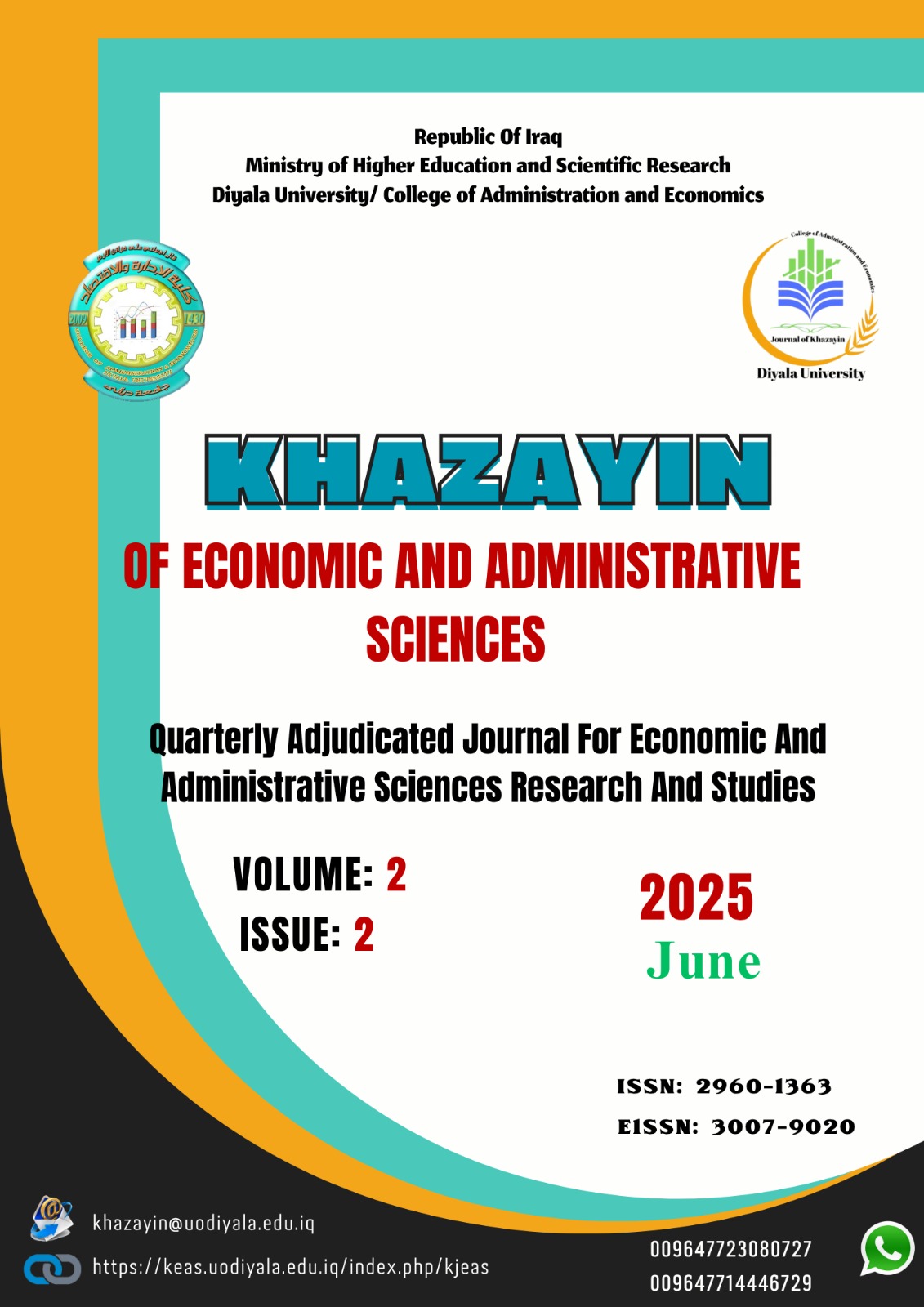Benchmarking in Higher Education: A Comprehensive Review
DOI:
https://doi.org/10.69938/Keas.25020211Keywords:
Benchmarking, Sustainability , Digital Innovation, Global CollaborationAbstract
Today, Modernization has caused out-of-the-box thinking on new ways of making life better, and education benchmarks are no exception, as it is since 2008 the vital tool in higher education institutions to assess, improve, and sustain quality. Researchers, however, continue with their elaborations regarding benchmarking and its applications in higher education. The article, as for the process, places the following paradigm in order: starting with process-based models and ending with digital and strategic models, benchmarking becomes a major goal. The research establishes the guiding themes of the innovative use of technology in leading institutions, avatar learning, and literacy programs while addressing the concept of smart schools and online training, and connects all identified approaches and fixes to benchmarking. Moreover, it is noticeable that benchmarking does not have a very broad application. Besides the non-usefulness of digital tools in benchmarking, there is still a lot of potential left unused in the process of turning it into negative institutional changes. Synergistic benchmarking in higher education has been a catalyst for such longed-for phenomena as global collaboration, institutional innovation, and equity. Filling the outlined research gaps will lead to many new opportunities where benchmarking becomes a user’s every need and an indicator of educational institutions’ sustainability.

Downloads
Published
How to Cite
Issue
Section
License
Copyright (c) 2025 Khazayin of Economic and Administrative Sciences

This work is licensed under a Creative Commons Attribution-NonCommercial 4.0 International License.











